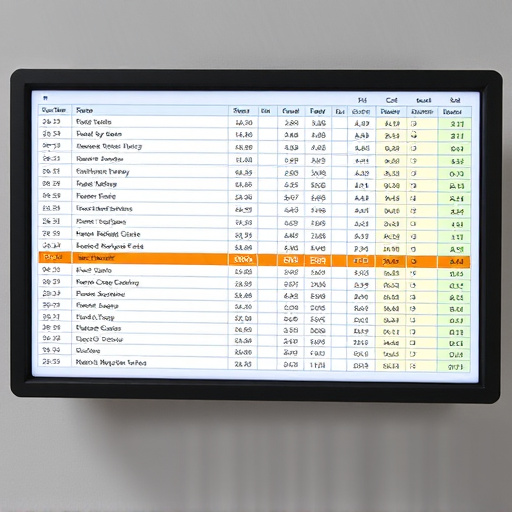Cold Air Intake (CAI) performance testing involves two primary methodologies: laboratory and real-world evaluation. Labs offer controlled, precise data on CAI components but lack dynamic conditions like temperature and humidity. Real-world testing replicates driving scenarios, providing insights into engine performance gains under diverse circumstances, but isolating CAI effects from other variables is difficult. For comprehensive understanding, combining both methods is ideal—laboratory for detailed analysis and real-world testing for practical, everyday scenario validation.
In the realm of automotive engineering, understanding Cold Air Intake (CAI) performance is key to optimizing engine efficiency. This article explores two testing methodologies: laboratory analysis and real-world simulations. While lab testing offers controlled advantages, it has limitations. Real-world scenarios mimic actual driving conditions, providing a more nuanced view. Comparing these approaches, we delve into the optimal engine performance considerations for CAI modifications, guiding enthusiasts towards informed decisions using effective testing methodology.
- Laboratory Testing for Cold Air Intake Performance: Advantages and Limitations
- Real-World Testing: Simulating Actual Driving Conditions
- Comparing Results: Methodology and Considerations for Optimal Engine Performance
Laboratory Testing for Cold Air Intake Performance: Advantages and Limitations

Laboratory testing for Cold Air Intake (CAI) performance offers a controlled environment to measure and optimize airflow, providing advantages such as precise data collection, replicability, and the ability to isolate variables. This methodology allows engineers to understand how different components of a CAI system affect airflow and efficiency, enabling them to make informed design decisions. However, laboratory testing has its limitations. It often lacks the dynamic conditions encountered in real-world driving scenarios, such as varying temperatures, humidity levels, and engine load. Additionally, the static nature of labs may not fully capture the complex interactions between the CAI, engine, and external environment that occur during actual vehicle operation. These discrepancies can lead to performance differences when translating lab results to on-road behavior.
Real-World Testing: Simulating Actual Driving Conditions

Real-World Testing involves simulating actual driving conditions, offering a more nuanced evaluation of a vehicle’s performance. Unlike controlled laboratory settings, these tests account for variable factors like temperature, terrain, and traffic conditions, providing a comprehensive understanding of how a car handles under diverse circumstances. For instance, testing with a cold air intake (CAI) requires subjecting the vehicle to low-temperature environments to assess its impact on engine performance, fuel efficiency, and overall driving dynamics.
This methodology is crucial in identifying real-world gains from modifications like a CAI, which can enhance airflow and power output. By replicating everyday driving scenarios, engineers and enthusiasts gain insights into the practical effects of upgrades, ensuring that improvements are not only measurable but also replicable under various driving conditions.
Comparing Results: Methodology and Considerations for Optimal Engine Performance

When comparing results from laboratory and real-world testing, especially for optimizing engine performance with a cold air intake, it’s crucial to consider the methodology employed in each setting. Laboratory tests offer controlled conditions, allowing precise measurement of components’ performance. This is particularly beneficial for analyzing the impact of specific modifications like a cold air intake. However, these results might not accurately replicate real-world scenarios due to factors like temperature variations, atmospheric pressure changes, and dynamic driving conditions.
In contrast, real-world testing provides data from actual driving situations, capturing the engine’s performance under diverse and unpredictable circumstances. This offers insights into how modifications hold up during everyday use. However, it can be challenging to isolate the effects of a cold air intake from other variables, such as driving behavior, terrain, and vehicle maintenance. Therefore, a balanced approach that combines both methodologies is ideal for achieving an optimal understanding and subsequent tuning of engine performance with a cold air intake.
In comparing laboratory and real-world testing methodologies for cold air intake (CAI) performance, each approach offers unique advantages. Laboratory tests excel at controlled conditions, precise measurements, and isolating CAI components, while real-world simulations accurately replicate actual driving scenarios. To achieve optimal engine performance, a comprehensive understanding of both approaches is essential. By combining the accuracy of lab testing with the realism of on-road trials, engineers can develop CAI systems that not only meet but exceed expected performance in diverse driving conditions. This multi-faceted testing strategy ensures that modifications made to an engine’s intake system are effective and efficient across various environments, ultimately enhancing overall vehicle dynamics.














